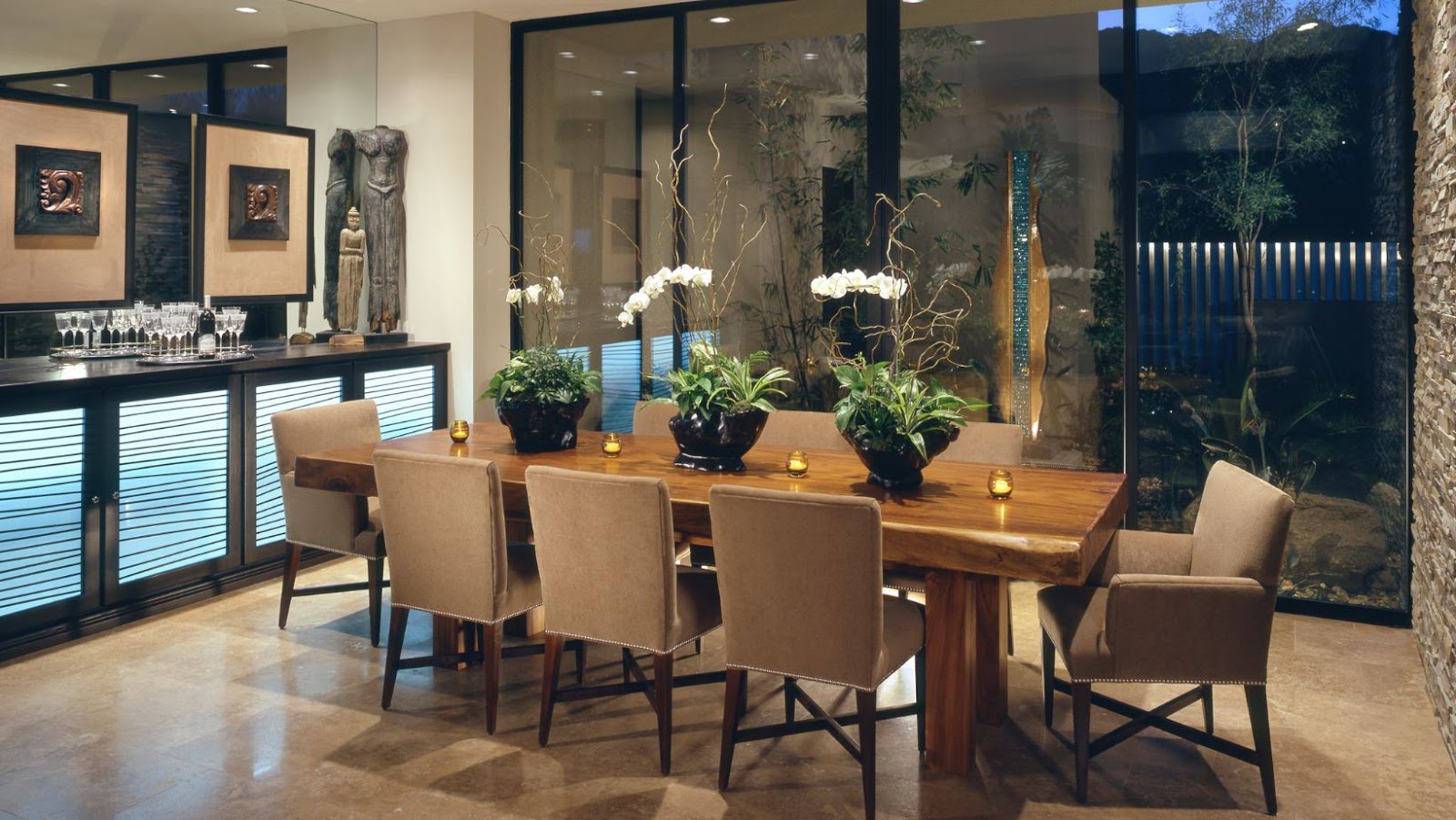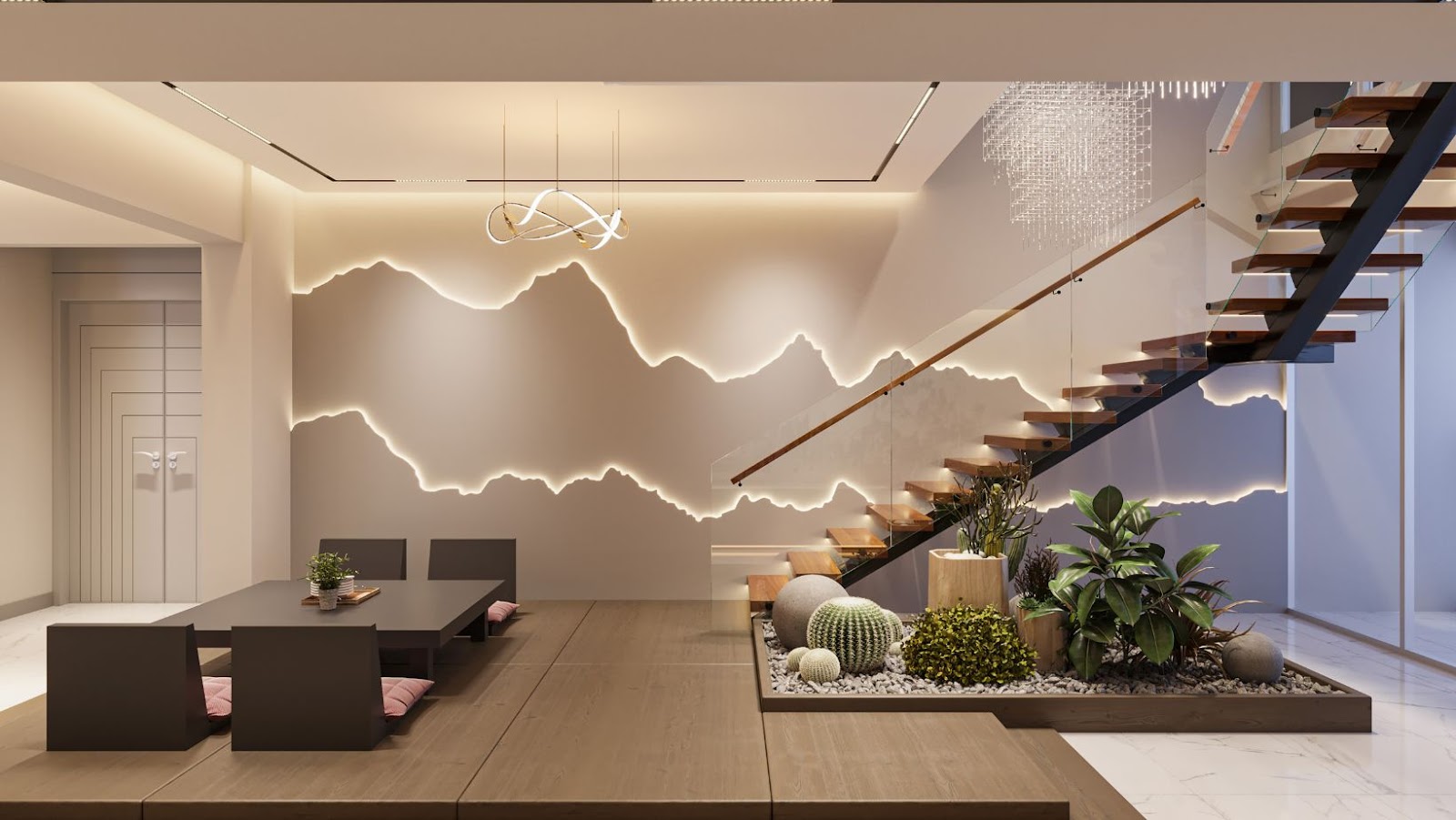Home design concepts serve as the blueprint for creating harmonious and functional living spaces. They influence every aesthetic and practical decision, ensuring cohesion throughout a home.
Design concepts guide the overall vision for a living space. They provide clarity and direction for design choices, reducing indecision. Consistency in style impacts the home’s visual appeal, creating a unified look. Concepts also inform budget planning, helping prioritize needs and desires effectively.
- Color: Influences mood and perception. Warm tones (e.g., red, orange) evoke energy, while cool tones (e.g., blue, green) promote tranquility.
- Texture: Adds depth and interest through materials like wood and textiles.
- Space: Dictates layout and flow. Open spaces promote interaction, while partitioned areas offer privacy.
- Line: Guides the eye and defines shapes. Horizontal lines (e.g., shelves) suggest stability, while vertical lines (e.g., tall windows) inspire height.
- Form: Describes shapes and structures. Geometric forms provide order; organic forms add fluidity.
These elements combine to form cohesive design concepts that enhance functionality and aesthetics within a home.
 Popular Home Design Concepts
Popular Home Design Concepts
Popular home design concepts allow homeowners to transform their spaces in line with current trends and personal tastes. By integrating various design principles, these concepts offer unique ways to elevate both style and functionality.
Minimalist design emphasizes simplicity and functionality. It focuses on creating uncluttered spaces with a neutral color palette. Furniture and decor are streamlined, prioritizing clean lines and form. This approach enhances spaciousness by eliminating unnecessary items and using strategic storage solutions to maintain an open feel. Examples include using multi-purpose furniture and incorporating ample natural light to avoid overwhelming the senses.
Contemporary design offers fluidity in style, adapting with ongoing trends. It combines modern elements like open spaces and geometric shapes with traditional touches. Neutral colors often dominate, accented by bold contrasts or textures like metal and wood. Smooth surfaces and natural fabrics contribute to a sleek, refined appearance. Contemporary spaces frequently showcase innovative lighting and open floor plans, promoting flexibility and comfort.
Classic design exudes timeless elegance through balance and symmetry. It features rich color schemes, often using deep hues alongside lighter accents. Intricate moldings and ornate details are hallmark elements, reflected in furniture and decor to achieve a cohesive look. Traditional materials like wood and stone enrich the ambiance. Classic decor examples can include antique furnishings or heritage patterns, adding depth and sophistication to the living space.
 Innovative Design Trends
Innovative Design Trends
Innovative design trends continue to transform home environments by integrating new technologies and sustainable practices, making spaces more efficient and eco-friendly.
Sustainable design focuses on reducing environmental impact through energy efficiency and eco-friendly materials. Reclaimed wood and recycled metals, for example, are popular choices for furniture and fixtures. These materials reduce waste while maintaining aesthetic appeal. Energy-efficient lighting and appliances help decrease energy consumption, leading to lower utility costs. Green roofs and rainwater harvesting systems enhance sustainability by managing resources more effectively.
Smart home technology enhances convenience and efficiency in modern living spaces. Voice-activated assistants and smart thermostats, like those from Amazon Alexa or Google Home, allow users to control lighting and temperature with simple commands. Home automation systems integrate security and entertainment features such as smart locks and streaming devices. IoT-enabled appliances provide energy consumption data, enabling homeowners to optimize energy use and create a more connected home environment.
Home design concepts provide a foundation for creating spaces that are both stylish and functional. By staying informed about design trends and understanding the principles behind different styles, homeowners can craft environments that reflect their personality while meeting practical needs. Embracing sustainable practices and smart technology further enhances the living experience, offering convenience and efficiency. Ultimately, thoughtful planning and professional guidance can transform abstract ideas into reality, ensuring a cohesive and satisfying home environment. As individuals navigate their design journey, balancing aesthetic appeal with functionality remains key to achieving a harmonious living space.